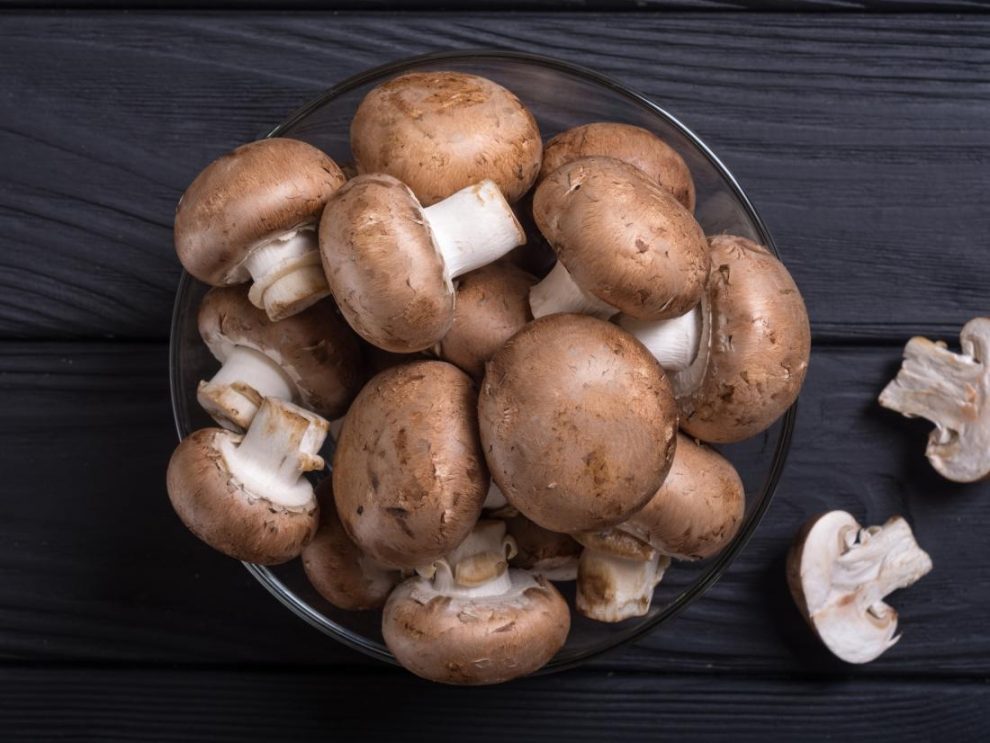They are not suitable in case:
Digestive difficulties Mushrooms are not characterized by being an easy product to digest, so in case of heavy digestions, etc., we must avoid mushrooms, especially raw or undercooked; tolerance can be observed when well cooked.
Kidney failure and potassium-controlled diets. In certain pathologies, such as kidney diseases, we must often control potassium intake. In these cases, we must limit or control the intake of fruits and vegetables in general, and among them, we will also have to consider the potassium contribution that mushrooms provide us.
Hyperuricemia or kidney stones due to uric acid salts. Hyperuricemia (high levels of uric acid in the blood) can be due to multiple factors. In any case, foods rich in purines can increase uric acid in the blood. Although there are products with higher levels of purines, moderate consumption of mushrooms is recommended in people with a tendency to hyperuricemia or the formation of uric acid kidney stones. To avoid that, said intake can promote episodes of gout or colic.Buying and conservation advice
A mushroom is a very perishable product. If we collect them, we must do so in a rigid and airy container that prevents the appearance of moulds and rot. The best option is usually the traditional wicker basket. We should only collect the specimens that we identify without any doubt and are in good condition, have not started to decompose, or are “drowned.”
It must be taken into account that after periods of rain, the mushrooms can absorb water and modify their colour, even their texture. Once collected, it is preferable to clean them to remove dirt, stones, etc., without soaking them excessively and consuming them shortly. As long as we do not consume them, we can keep them in a cool and ventilated place or the fridge for three or four days. There is also the option of keeping them for a longer time by freezing them or putting them in vinegar, cleaned, chopped and cooked.
In addition to harvesting, nowadays, we can buy cultivated mushrooms, fresh, frozen, canned with oil, dried, etc., or even already part of a prepared product.
Remember that…
We should not trust popular sayings to check the toxicity or edibility of mushrooms, such as cooking them with a silver coin and consider them edible if the coin does not turn black. In case of accidental toxicity, we must go to the hospital when we notice the first symptoms and, if possible, with a specimen of the mushrooms consumed to identify it toxicologically.What you should know…
Season: in May and from September to November.
Benefits: low energy, rich in fibre, potassium, iodine, riboflavin and niacin.
Ideal for: low-calorie diets, pregnant women and people with high potassium and iodine needs.One of the autumnal gastronomic joys par excellence is eating mushrooms. They are healthy, very tasty, and they make us fully enter into the rustic spirit of autumn.
Thanks to their lightness and high water content, they are a portion of good food, especially for people on a diet. They also provide B vitamins, essential minerals and antioxidants.
And above all, they are exquisite to incorporate into our dishes. And for them to come out perfect, we must consider a maxim: do not let them soak and avoid rinsing them with water as much as possible. Dirty parts can often be removed with a knife or even cleaned with a damp cloth. In this way, we will preserve its delicate aromas.
If you are not an expert collector, we recommend that you buy them to enjoy them safely. In the market, you will find these 6 types of mushrooms:
Black truffle: its consistent meat, once grated or sliced, will give an intense and very special flavour to your dishes.
Boletus edulis: to preserve its aroma, avoid running it through the water to rinse it. It is a mushroom highly appreciated for its aroma and flavour, and you can keep it in oil.
Oronjas: also called amanita cesarean section (since the Roman Caesars worshiped them), can be consumed raw or cooked. We can find them all over Spain, and it is perfect for salads.
Níscalos: or Robellón in Catalonia, is distinguished by its fruity and sweet taste. Perfect for stews or grilled.
Blue foot mushrooms: more unknown and with a strong flavour, this mushroom is ideal for creams and sauces. Its purplish, bluish colour provides a very special colour to its elaborations.
Chanterelles: very popular and with a slight apricot flavour. Its mild and aromatic flavour is appreciated in stews. It can be dried, like two other popular mushrooms: serenduelas and trumpets of the dead.
Autumn brings us mushrooms, one of nature’s delicacies and with a huge variety in our forests. All are exquisite in both flavour and aroma, and texture. In addition, they are a very low-calorie product that we can always include in our diet without fear of excesses. Mushrooms are great to eat raw, rolled, or on rice. Today, we will propose you a risotto with mushrooms, a bowl of creamy rice originating in northern Italy, with which you will lick your fingers.
Origin
As we said, risotto with mushrooms is a typical rice soup from northern Italy (Piedmont and Normandy especially). It is as popular as pizza or pasta, and it could equal our paella in terms of popularity and country ties. But preparation has nothing to do with it. The recipe, although it tends to vary, always has a touch of Parmesan cheese. A type of small rice grain is used – carnaroli is a good option, for example – that absorbs the liquid very well and releases the starch, leaving a pasty texture very characteristic of the recipe.

















Add Comment